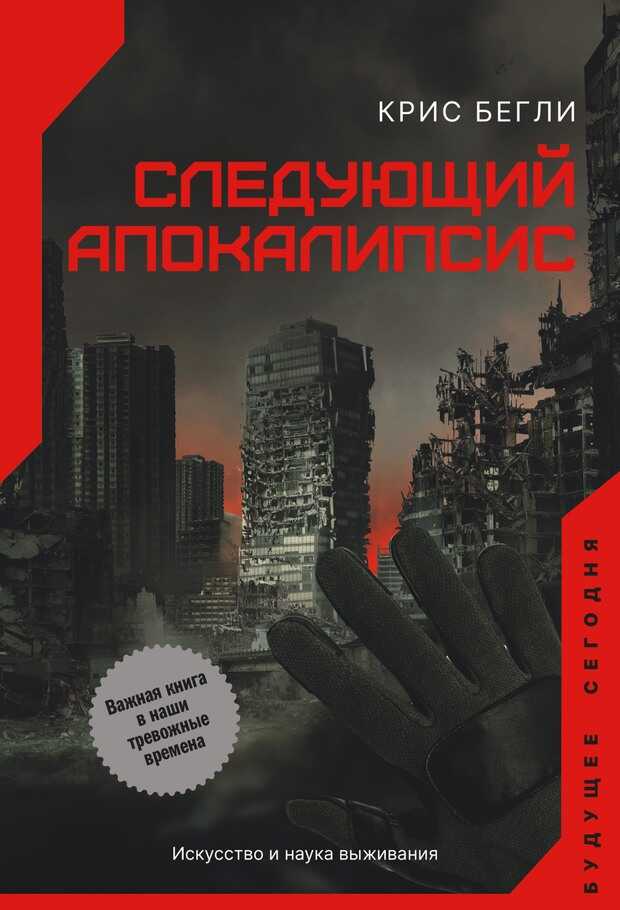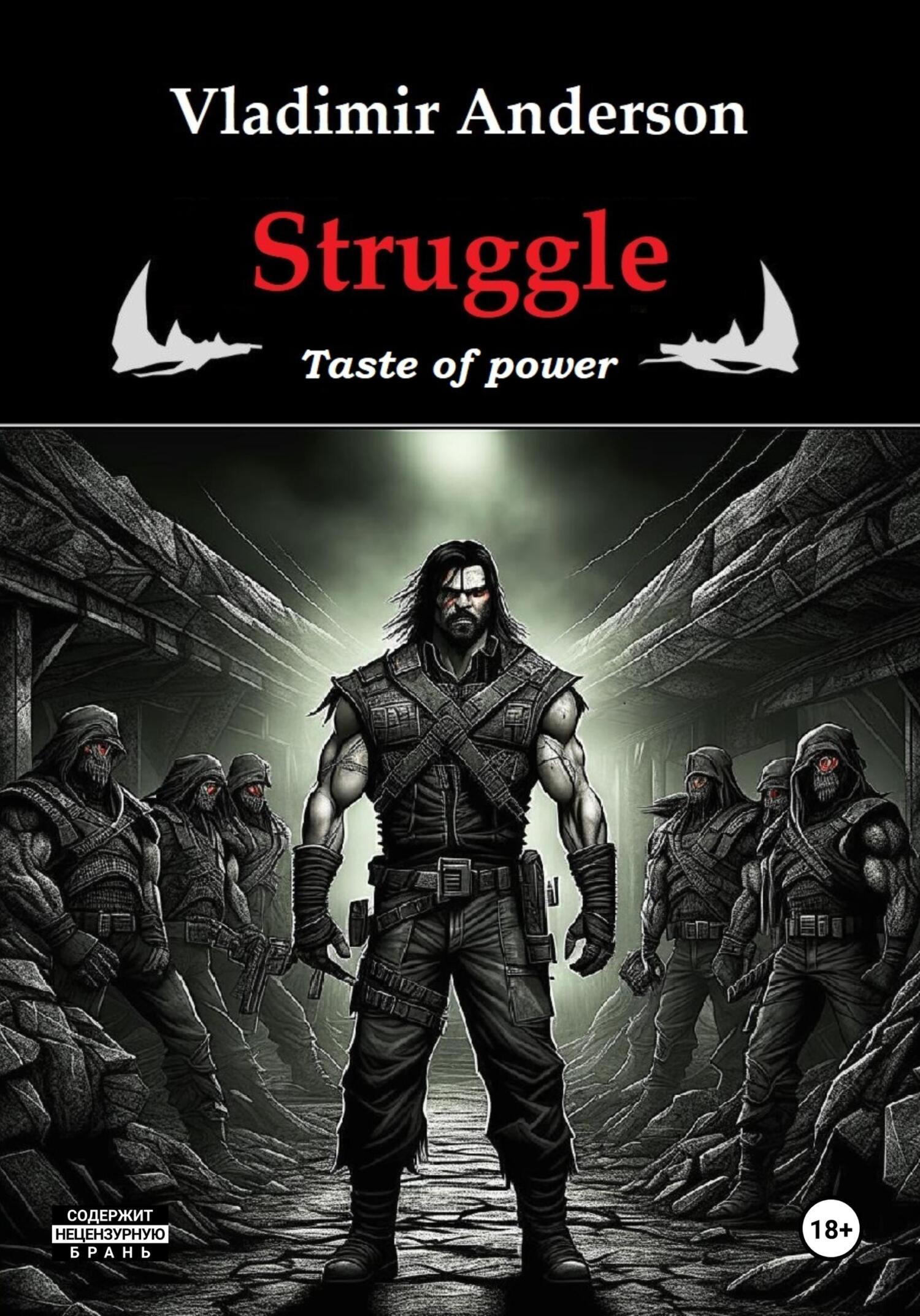Шрифт:
Закладка:
Пандемия, изменение климата или война — наша эпоха пропитана ароматом Судного дня. Современные фильмы, книги и другие источники наполнены жуткими фантазиями о жизни после апокалипсиса. Мы представляем себе ужасные, заброшенные города и то, как возвращаемся к земле в отчаянной попытке выжить. В своей книге Крис Бегли утверждает, что наши представления о том, как происходит катастрофа, в корне неверны. На примере краха цивилизаций прошлого, таких как майя и Западная Римская империя, автор показывает, что это, скорее, не крах в результате катаклизма, а длительный процесс постепенных изменений. Некоторые люди бросают свои дома и соседей. Другие объединяются, чтобы начать все заново. Важнее всего то, что происходит после события, запустившего эту реакцию. Бегли подчеркивает, что конец света пережили сообщества, группы людей, а не герои-одиночки. И так будет во время следующего апокалипсиса. В формате PDF A4 сохранен издательский макет книги.





